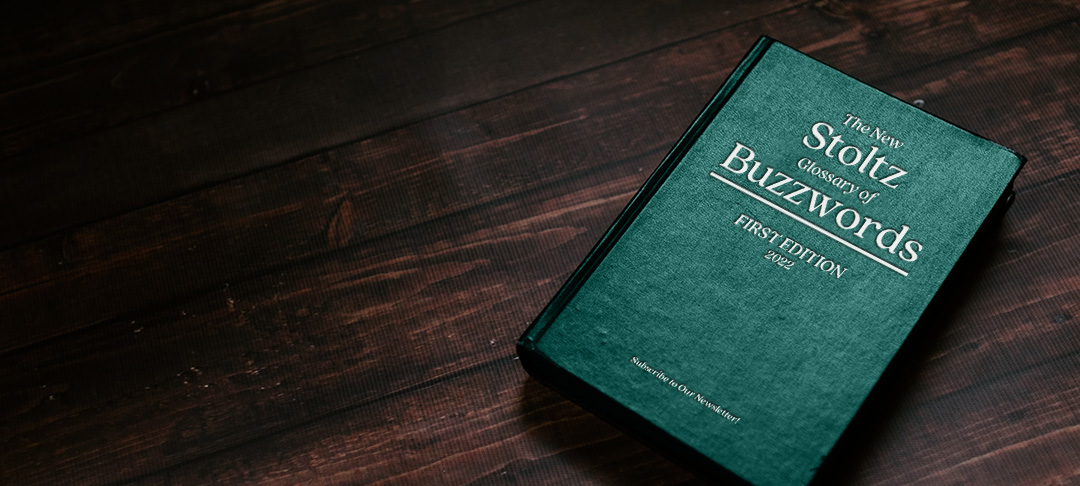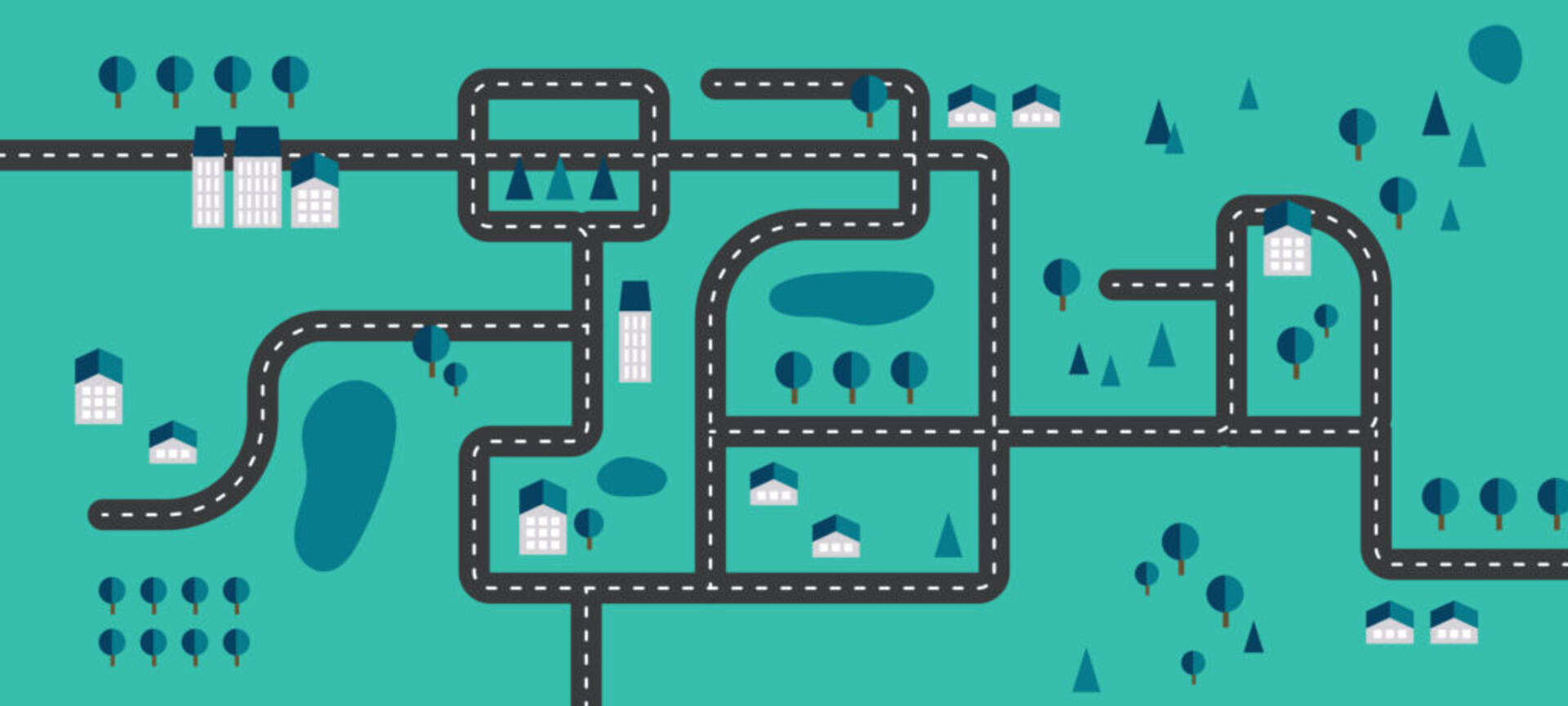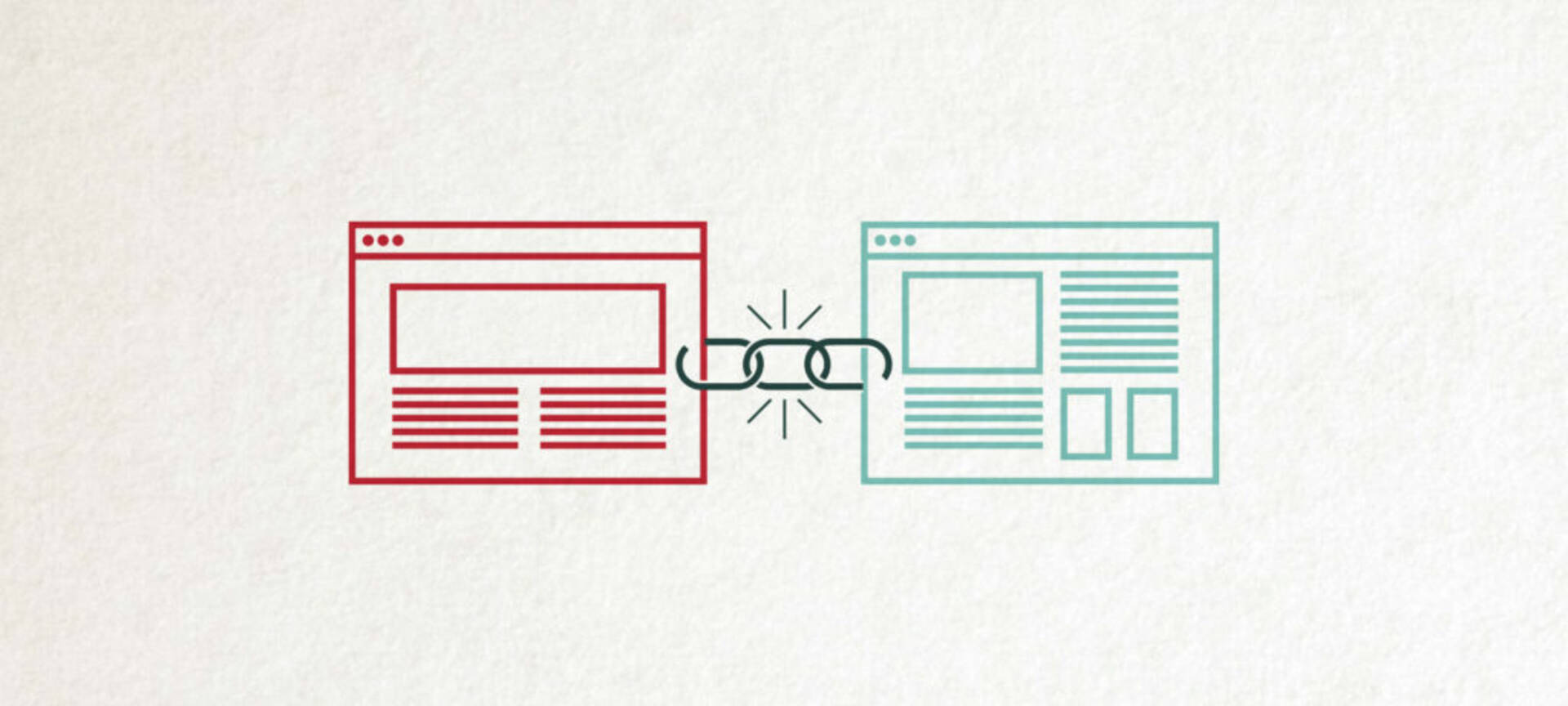If you’re subscribed to our monthly newsletter, The Buzz, you’ve seen our featured buzzwords throughout the year. If you’re wondering what we mean, you should probably sign up (scroll to the bottom of the page to fill out the form)! Every newsletter features a buzzword — a word thrown around left and right and up and down in the marketing world and our cultural circles. We like to call it out and define it in our own words… our always-candid, sometimes-audacious, but never-garish words.
As we enter the new year, we thought long and hard about how to sum up 2022. Looking back at our monthly buzzwords is an interesting reflection of history and culture, both for our team and the world we’re living in as time moves along. So, let’s take a walk down memory lane to recap what happened.

Evergreen
Ahhh, the fresh scent of pine lingering in the air…but trees aren’t the sort of “evergreen” we’re referring to. We’ve got evergreen marketing on our minds — a hallmark of a successful, sustainable marketing strategy. This sort of marketing doesn’t rely on trends or current events. No short-term tactics that have an expiration date *cough, cough* Black Friday advertisements. Instead, evergreen marketing is a long-term strategy that is timeless and allows businesses to derive benefits from work far into the future.

Metaverse
Oh, the mystical metaverse…we’ve all heard that word thrown around, but do we really understand what it is? One of the reasons it’s so mysterious is that it doesn’t actually yet exist. It’s still merely a potential. According to Wikipedia (a source they tell you not to use in school but can be helpful for contextual overview information), the metaverse is a hypothetical iteration of the Internet as a single, universal, and immersive virtual world. The way this is manifested today is through the use of virtual and augmented reality headsets to facilitate social connection. But, since these iterations aren’t singularly connected and perpetual, it isn’t technically the metaverse yet. Read this article from The Drum to learn more about the metaverse and why it doesn’t technically exist.

NFT
NFT stands for a non-fungible token. Which still doesn’t mean a lot. In less technical terms, it is a .jpg, video, animation, or digital asset stored on a blockchain that can be sold and traded. Brands are jumping on the NFT wagon to boost awareness, open new revenue streams, and create experiences for consumers. Still confused? More here.

Persistence
The numbers say that after ten years, over 65% of businesses will fail. But in rare cases, a business is more than that title can accurately describe. Some are more than a group of employees — they’re a true team that sticks together through the highs and lows, the tough times and the great, in order to build something bigger than themselves.
We believe that Stoltz has reached this milestone not by chance, but because of our spirit. We do the work we do not for ourselves, but for each other, our clients, and our community. Because we truly want to help others find success. And when you do, know that we’ll feel just as proud.

Pre-Roll
Pre-Roll is the short video ad that plays before the online video you actually came to watch… it’s the one where you quickly warn your friends, “This isn’t it! Hold on…” But then, if the ad is done well, it’s an effective tactic to engage your target audience while they’re waiting for content they’re genuinely interested in.

Resilience
What do we really mean? Our collective ability to pivot, pause, reinvent, and continue to overuse delivery services.
There is no better term to describe the past few years. We found strength in each other, our creativity, and the brands we are lucky to partner with.

Self-Care
Self-care isn’t just about taking bubble baths or meditating. Companies can encourage employees to practice self-care, too. Stoltz has prioritized establishing policies that support mental health, work-life balance, and job satisfaction. Flexible schedules, remote work, a 12-week parental leave policy regardless of who carried the child, a generous paid-leave plan, insurance that includes free mental health counseling, and an 8-week sabbatical for an employee’s 10-year anniversary — these are just a few examples that we have proudly implemented over the years.
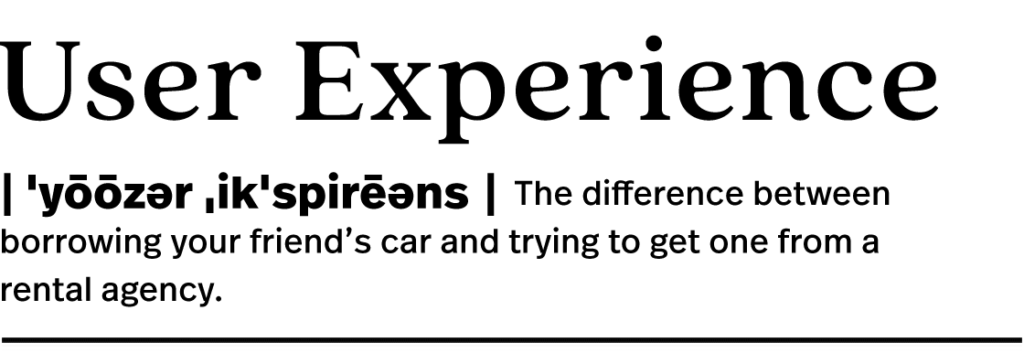
User Experience
Some say user experience design is like a joke: “If you have to explain it, or it takes too long to get to the punch line, it’s probably not very good.” Every time our team takes on a new website project, we don’t just make it look and sound great — we ensure it’s a breeze to use too.
Throughout the user journey, we apply intentional, research-based decisions to make sure our audience finds what they need. And that is both an art and a science.

WYSIWYG
If you’ve never been on the back-end of a website, you probably haven’t heard this term before. The acronym stands for “What You See Is What You Get” and is a component block used to build websites. For many website components, what’s input to the back-end looks different when it’s live, but in a WYSIWYG block, the back-end more closely matches what the site visitor sees. Instead of reading out the letters as you do with typical acronyms, programmers and back-end web users lovingly pronounce it phonetically.
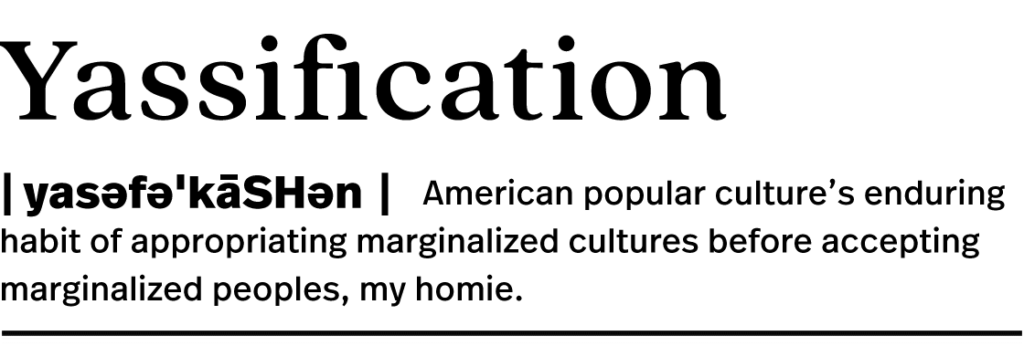
Yassification
Here’s what it really means: a process by which something is made significantly better, spicier, and/or more LGBTQ-adjacent than its original version. (e.g., Elton John is the yassification of Billy Joel)

Zhuzh
Yes, it’s a real word. Cambridge Dictionary defines zhuzhing as “making something more interesting or attractive by changing it slightly or adding something to it.” A “finishing touch” — if you will. In the office, we zhuzh almost everything before it goes out the door; spicing up copy, polishing designs, fixing our hair on our way to client meetings … We live to zhuzh.
